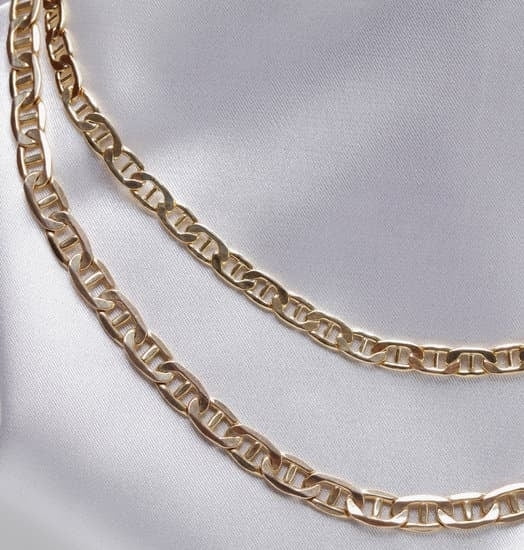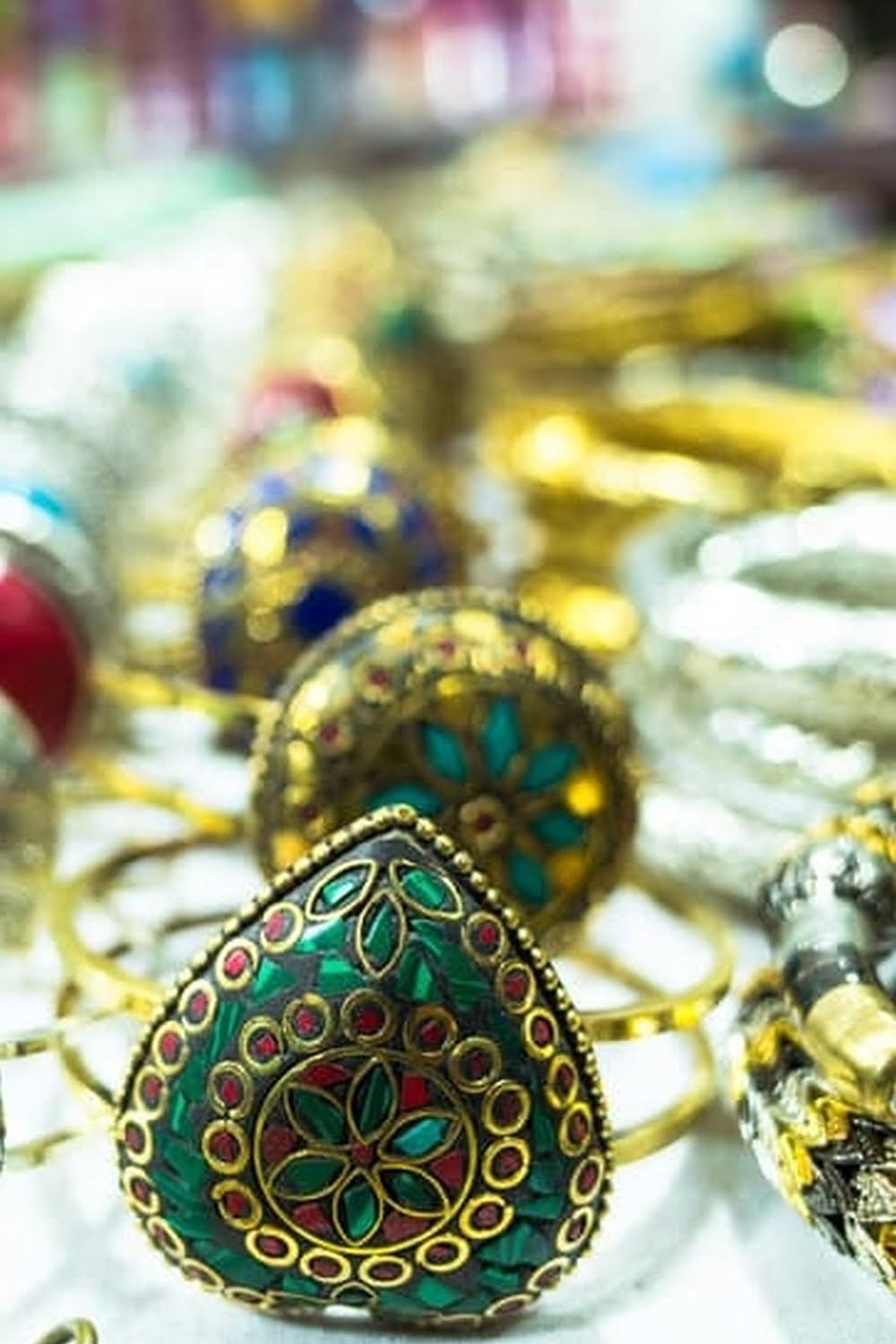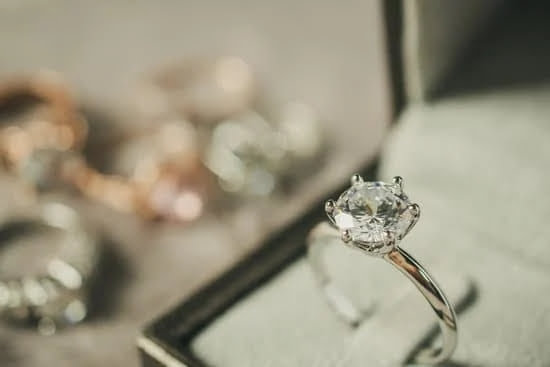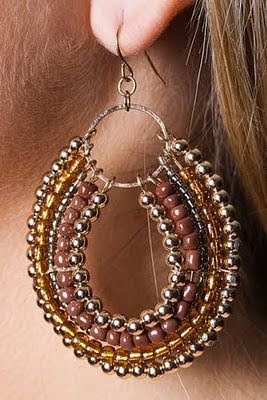Introduction to 3D Jewelry Design
Designing jewelry for 3D printing is a new-age creative approach that many enthusiasts have embraced and incorporated into their craftsmanship. The concept of 3D printing jewelry enables those who are interested to create stunning intricate pieces of jewelry, with the ability to realize any design imaginable. Through the process, a model (formed digitally by way of a three-dimensional computer file) is created and sent to a 3D printer where it will be printed in plastic at first, followed by a metal version.
3D printing technologies work on the basis of additive manufacturing – a process which involves building an object by adding one layer at a time. Each layer is made from raw material such as plastic or metal powder and then fused together, often through heat or UV light for additional strength and durability. This method significantly reduces wastage, decreases labour costs, shortens production times and creates intricate designs which may not be achievable with traditional methods.
The advantages of designing jewelry through 3D printing include cost savings as well as the ability to attain complex design features which cannot be achieved with conventional methods. Additionally, CAD software can help bring about high levels of accuracy in measurements and allow for changes to be easily implemented during production cycles. Finally, precious metals can utilized within the process to guarantee quality and consistency in final products.
On the downside however, using 3D printers for producing jewelry has its difficulties such as prolonged manufacturing time due to multiple layers that need to built up one by one, compounding complexity to produce more elaborate designs while carefully navigating potential issues like excessive warping/shrinkage of materials during cooling down period after filament deposition because plastics are used as base material in most cases. Thus many designers opt for casting techniques over 3D prints when costly metals are involved; notwithstanding this limitation 3Dprinted pieces still remain an attractive option among jewelers due its relatively low cost compared other modeling techniques.
Tools for 3D Jewelry Design
There are a variety of tools available to those interested in 3D jewelry design. 3D modeling software is the primary way to create 3D jewelry designs. Popular programs such as Autodesk Fusion 360, Blender, and ZBrush are all excellent options to consider when creating digital models. Virtual reality devices like the Oculus Quest offer immersive design experiences and an enhanced ability to conceptualize ideas in three-dimensions. Finally, 3D printers make it possible for designers to transform their designs into physical objects for customers or to be used for prototyping purposes. Some popular technologies include laser sintering, Fused Filament Fabrication (FFF), and Stereolithography (SLA). With these tools at hand, anyone can create stunning jewelry pieces springing off the page ready to be printed and shared with family, friends or even sold as art!
Creating the Design
1. Develop a concept for your jewelry: Start by brainstorming ideas, sketching out designs and researching materials you may want to use in your jewelry design. Consider the aesthetic you want to achieve, the type of metal or other material you want to use, and the colors or textures you wish to incorporate.
2. Create a 3D model: Once you’ve determined the design for your jewelry piece, it’s time to create it as a three-dimensional model that can be printed by the 3D printing machine. This can be done using CAD (Computer Aided Design) software such as Rhino or TurboCAD which are designed specifically for 3D modeling projects.
3. Prepare your file for printing: Before sending your Jewelry design off to the 3D printer, there are a few necessary steps you must complete so that it prints correctly. You should ensure that all of your files have been joined together correctly, named correctly, and removed any excess detail or features which are redundant within the design before exporting it in an appropriate format such as STL or OBJ (These are common industry standards).
4. Submit & Print!: After ensuring your file is prepared correctly, then you can simply submit them online through compatible websites and wait for your design to be delivered back to you!
Finalizing the Design
Adding Custom Texts – Including personalization in the 3D jewelry design through custom texts can help enhance its appeal. You can engrave names, initials or messages on a necklace, bracelet, or ring to give it a more personalized and individualized quality. Additionally, you can even choose the stamping typeface that best complements the overall look of the item.
Sizes – While making a design for 3D printing, consider other attributes such as size and shape. Check whether your design is too large for the intended purpose – if yes, then you need to adjust. It is essential to ensure that it fits perfectly so that you don’t have to make any corrections down the line.
Shapes – Designing with shapes is another important aspect to consider when creating 3D printed jewelry pieces. Consider unique shapes—such as heart-shaped items on necklaces if going for something more romantic; star shape items for those who love astronomy; geometric design for those who appreciate mathematical precision; etc—that will make your final product stand out from everyone else’s.
Textures & Materials – When choosing textures and materials for your jewelry piece, think outside of the box! Textures are an excellent way to add an intriguing element while maintaining overall comfortability with the product: sandblasting surfaces into patterns or adding blackened edges to create contrast are just two examples of how to innovate this part of your design. Additionally, materials such as metals (especially sterling silver or gold), synthetic gems, and precious stones can also offer an extra measure of elegance and desirability.
Preparing the Design for 3D Printing
1. Create a 3D design: First, use 3D software such as Rhinoceros, AutoCAD, Maya, or Blender to create a detailed 3D model of the desired jewelry piece. Make sure to pay attention to detail and ensure that measurements and proportions are accurate.
2. Convert CAD file into STL format: Once the design has been finalized, export it into an STL file format so that the 3D printer can read and recognize it as a printable object.
3. Print a Prototype: In order to get an initial physical representation of your design, use a desktop 3D printer to generate a prototype version of your jewelry piece at home or through an online printing service.
4. Prepare Your Design for Casting: If you plan on having your jewelry professionally cast in metal or another material, you’ll need to modify your STL file further by adding hollow walls and other customizable settings before sending it off for casting.
5. Select Finishing Options:You may choose to polish the finished piece by hand or opt for chemical polishing if you wish to achieve natural sheen or texture of the precious metal material being casted. You also have options such as electroplating and rhodium plating available with some casters which can give your printed jewelry unique look when finished.
Finishing the Product
In order to create a 3D printed jewelry model that looks and feels excellent, one must take extra steps to remove any visible printing lines and defects before using it. This can be done via post-processing techniques, such as sanding and polishing with grits of increasing fineness. With these processes combined, it is possible to achieve an extremely smooth and perfect finish for the 3D jewelry model. At the same time, burrs need to be removed as well in order to make sure that the edges are as smooth as possible. Finally, any sharp points or spiky protrusions should be rounded off so they do not snag on fabric or skin. By utilizing all of these steps to properly finish your 3D jewelry product, you will gain a greater sense of satisfaction from having created something beautiful from scratch.
Suggestions & Resources
Materials – For 3D printing jewelry, it is important to use the right materials. PLA and ABS plastic or nylon filaments are ideal for printing models and prototypes as well as for use in jewelry castings. Additionally, metals such as bronze, silver, and gold can be used with specific preparatory steps using lost wax casting or computer-aided design (CAD) modeling. Sandstone, steel-infused resin, polyurethane resin, and ceramic materials can also be combined with 3D printing to give jewelry a unique look.
Printing – To get started with 3D printing jewelery, you need a printer that is capable of working at small scales without sacrificing detail or print quality. To find models that best fit your needs and budget range, consider researching companies like Formlabs or Ultimaker who have good reputations in the industry. From there, you can dive deeper into resources such as Printrbot’s comparison charts to determine which type of model is needed depending on if you want to print directly from CAD models or from other types of software.
Design Software – Once you have obtained your 3D printer and when starting out designing jewelry made for 3D printing, it can help significantly by learning how to use some basic design software. Programs like Blender or Rhino3D are increasingly popular choices among designers due to their low-cost licensing fees and powerful capabilities when it comes to sculpting surfaces needed in creating jewelry that prints precisely on complex shapes. Other programs such as OpenSCAD enable users to input commands directly into text files in order generate more precise designs than one could do free handedly otherwise.
Jewelry Design Tips & Tricks – Early adopters of 3D printing technology have shared many tricks and tips over the years that have helped speed up learning curves when it comes to designing jewelry specifically for 3d printing purposes. Some popular tricks include learning how to make efficient use of material by understanding the limitations of certain designs when printed layer by layer versus others that may require physical post-processing after being printed due their intricate geometries or unusual shape complexity overall . Additionally been incorporating elements such as adding extra strength support structures between intricate pieces before sending them off to a printer service at sites such is Shapeways may prevent structural failures during fabrication process itself.

Welcome to my jewelry blog! My name is Sarah and I am the owner of this blog.
I love making jewelry and sharing my creations with others.
So whether you’re someone who loves wearing jewelry yourself or simply enjoys learning about it, be sure to check out my blog for insightful posts on everything related to this exciting topic!





